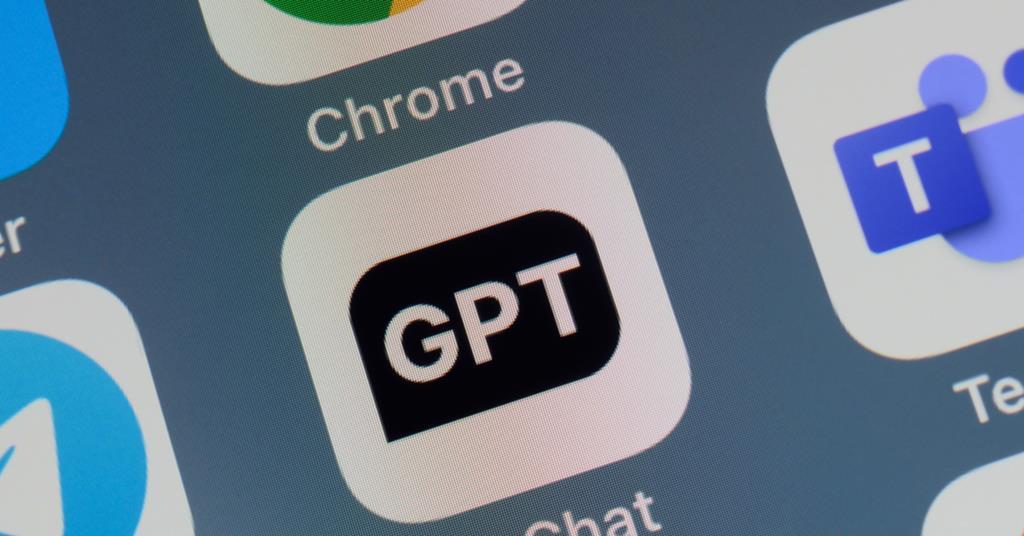Litigant in Person Presents Fictitious Submissions in Court with Help from Chatbot: Gazette Report
In a bizarre turn of events, a litigant in person attempted to present fictitious submissions in court based on answers provided by the ChatGPT chatbot. The civil case, which took place in Manchester, involved one party with legal representation and another without. The proceedings came to a halt when the barrister for the represented party argued that there was no legal precedent for the case being advanced.
The following day, the unrepresented litigant returned to court armed with four case citations to support their argument. However, upon closer inspection by the barrister, it was revealed that one of the case names was completely fabricated, while the other three cited passages that were entirely different from the actual judgments. Despite appearing legitimate, the paragraphs quoted were entirely fictitious.
Upon questioning by the judge, the litigant admitted to using the AI tool ChatGPT to find cases that could bolster their argument. The judge accepted that the misleading submissions were unintentional and chose not to penalize the litigant.
This case sheds light on the growing influence of AI in legal proceedings, especially when one or both parties are unrepresented. Reports from other countries, such as Colombia and India, have shown judges using ChatGPT to aid in making rulings. Websites dedicated to AI in law claim to be able to generate accurate and natural-sounding legal text, with many firms already utilizing these tools for various legal purposes.
The Judicial Office emphasizes the importance of providing training and resources to judges and litigants in person to ensure a clear understanding of court proceedings and expectations. Any use of false documentation is taken very seriously, and appropriate action is taken when necessary.
As technology continues to evolve, the Judicial College regularly updates its training content and guidelines to keep up with modern developments in legal practice and legislation. Judges are provided with guidance on how to navigate technological advancements and respond accordingly.
This case serves as a reminder of the potential pitfalls of relying on AI tools for legal matters and underscores the importance of understanding the limitations and risks associated with such technology in a legal setting.


